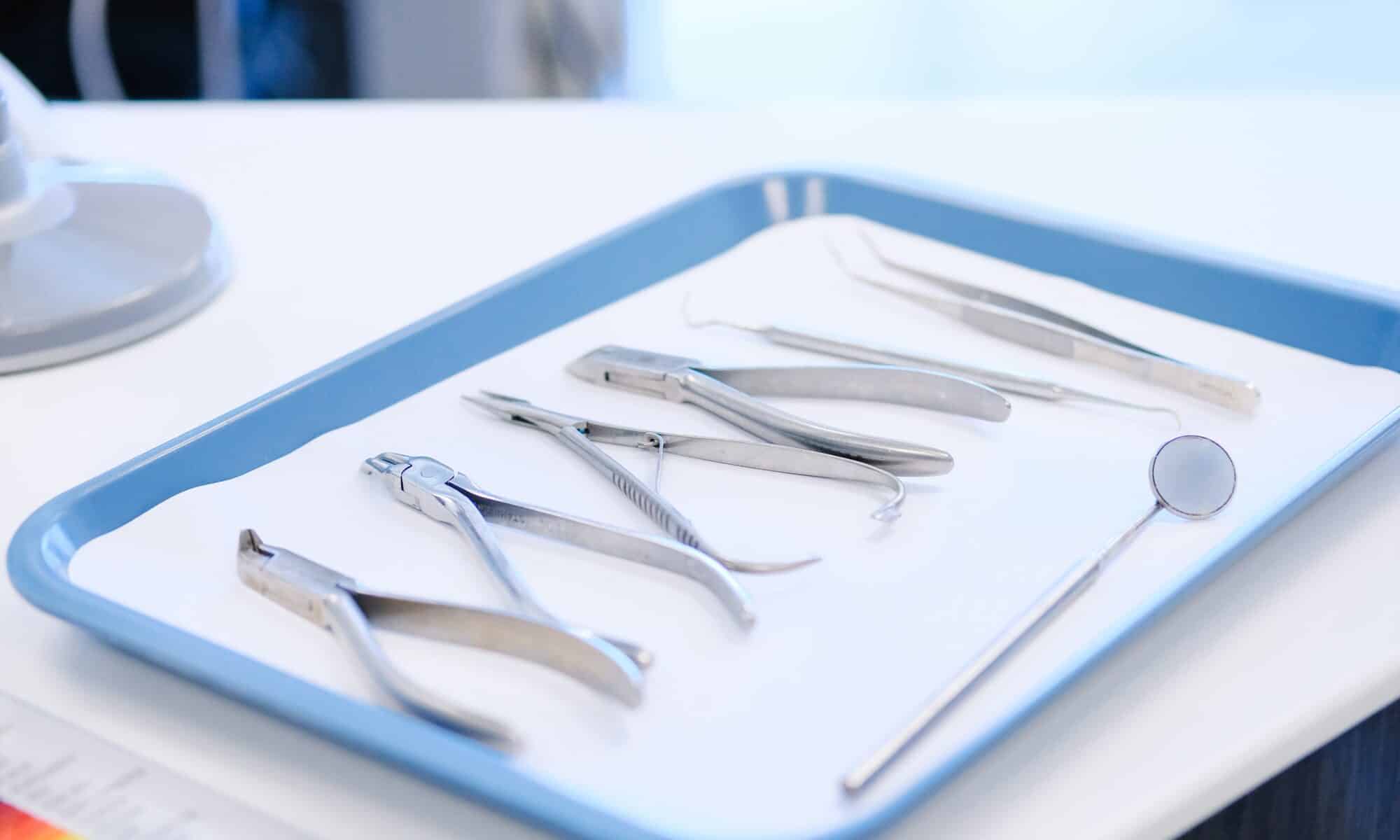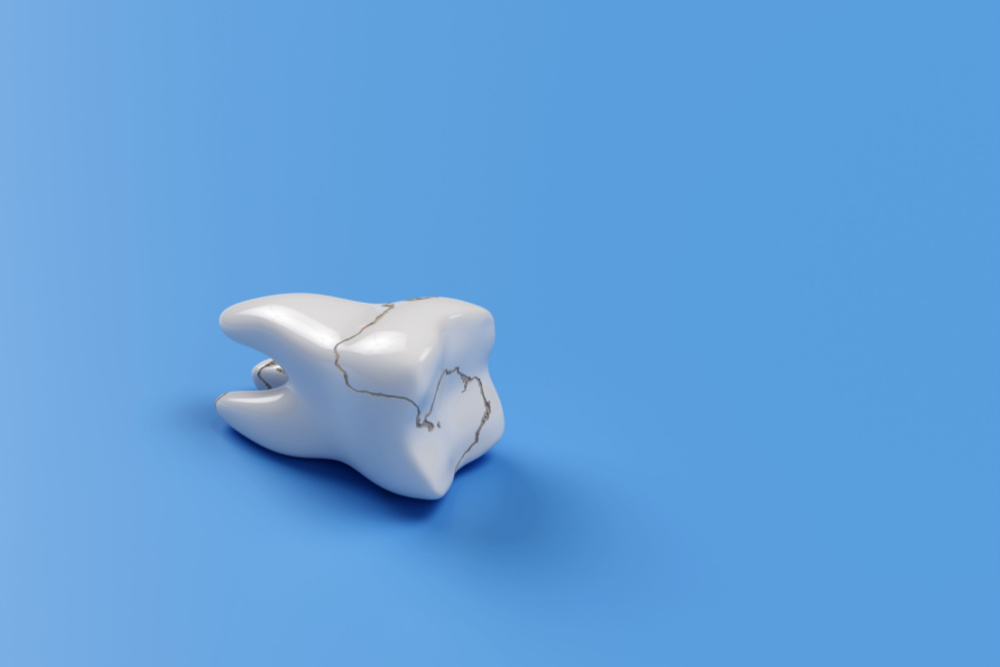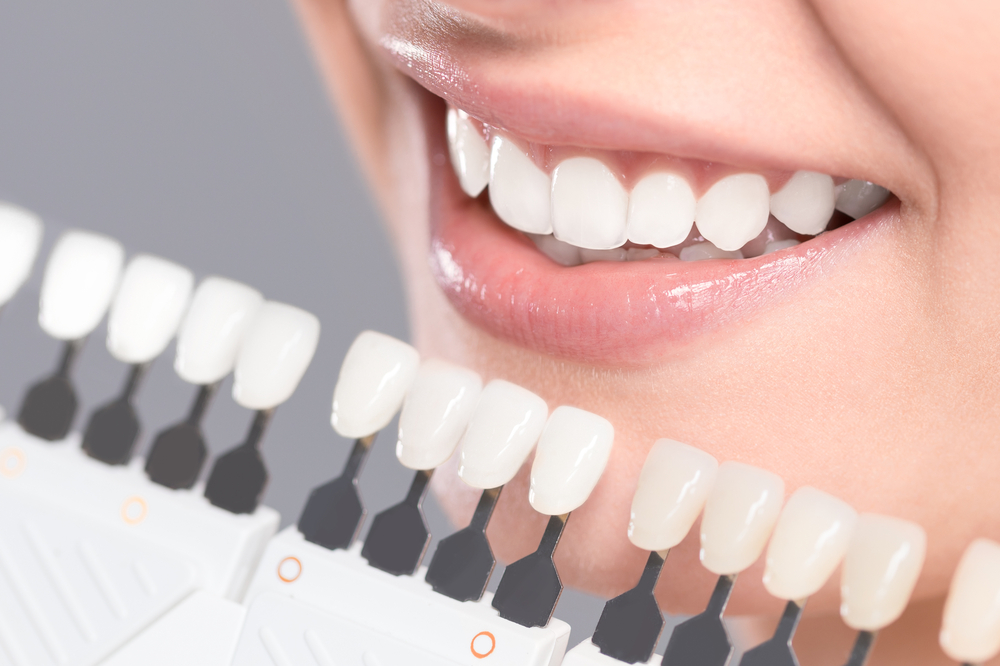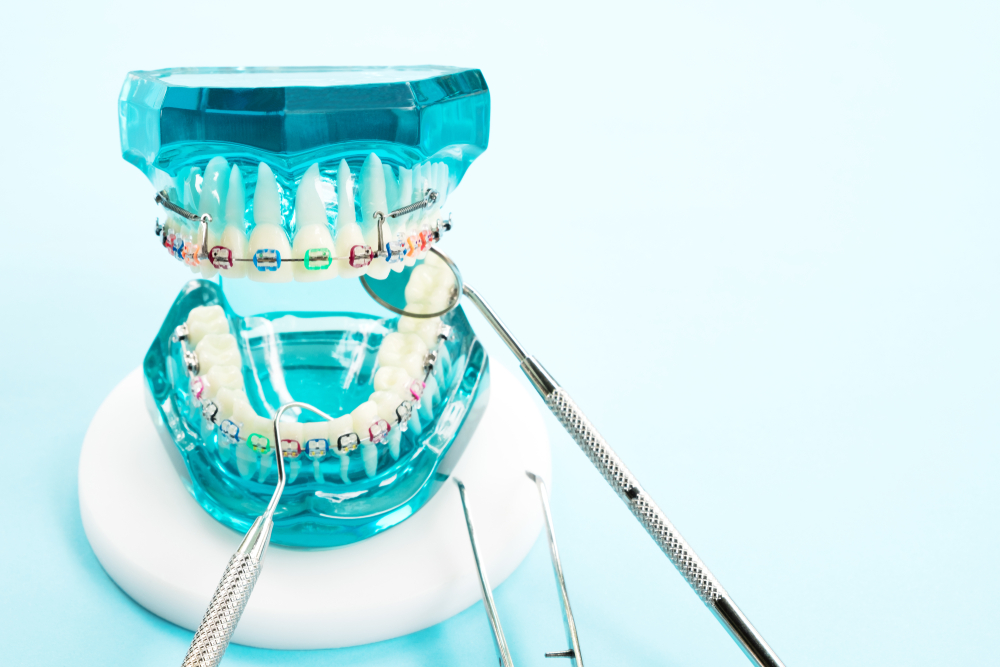If a tooth cracks, it often needs to be protected to prevent further breakage and damage to the surrounding area. Crowns are the best way to protect cracked teeth and strengthen the tooth.
How Do Teeth Crack?
Teeth can crack in a variety of situations. Pressure placed on the teeth from chewing, clenching, and grinding weaken the teeth over time and cause them to lose strength. Tooth decay that breaks down the structure of the tooth can also make it more susceptible to cracking. Additional pressure from chewing on ice, un-popped popcorn, and hard candy can fracture or crack these weakened teeth.
Symptoms of a Cracked Tooth
If you have any of these symptoms, you may have a cracked tooth:
- Sensitivity to hot or cold temperatures
- sensitivity to overly sweet or sour foods
- Sharp pain when you chew
- Intermittent pain that comes and goes rather than constant
When Should I See My Dentist
Some teeth might look cracked because of hairline cracks that develop over time, but these do not always need treatment. A diagnosis is the best way to determine whether you have a cracked tooth, the severity of the crack, and the necessary treatment. You should schedule an examination at the earliest sign of a cracked tooth since these cracks grow quickly and can lead to larger problems like tooth decay if they reach the tooth’s nerve.
At your appointment, we will start with x-rays. X-rays do not always reveal a crack so we may also need to analyze your bite. Both of these diagnostic procedures are quick and painless. If a crack is discovered, we will discuss your options for crowning the tooth.
Treatment for Cracked Teeth
A crown is often the go-to treatment for cracked teeth. These small oral appliances sit over the chewing surface of the tooth like a cap to restore the tooth’s appearance and function. A cracked or weakened tooth could be further damaged or become decayed. Crowns come in gold, porcelain, or porcelain fused to metal. Your dentist will determine the best crown for you depending on the area of the mouth that the cracked tooth is in. If the crack has extended further into the tooth and damaged the tooth, a root canal or tooth extraction might be needed.
Schedule a Consultation
Going to the dentist is not something many people look forward to, but you can rely on our warm and considerate staff to make your experience a positive one. If you suspect a cracked tooth, it is important you do not wait to take action. Schedule an appointment today with our expert team at South Meadows Dental & Orthodontics for tooth repair in Reno, NV.









